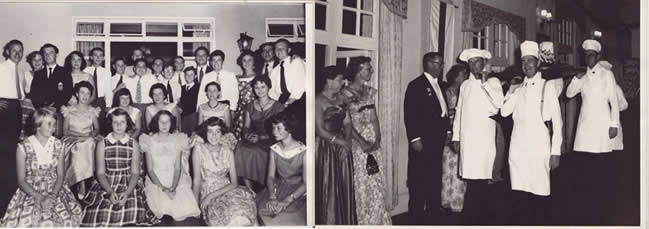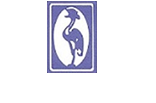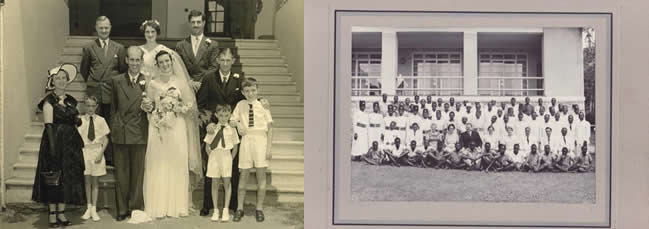The Kampala Club, known as the ‘Top Club’ was opened in 1911 for Officers of the Colonial administration. There were similar clubs in other main towns (Mbarara, Fort Portal, Soroti etc), whose members had reciprocal membership of the Kampala Club. Club members also had reciprocal membership with the Nairobi Club, the Dar es Salaam Club, the Lusaka Club and the Harare Club. For the first 30-40 years the Club Rules restricted membership to “persons of pure European descent” (though in practice membership was restricted to those at ‘Officer’ level, and at the time there were no Ugandans above the level of ‘Assistant Officer’). By 1966 this clause had been dropped from the Rules and Ugandan and Asian members were admitted to the Club from sometime in the 50’s.

The Badminton Hall was also used as a theatre (it has a stage, and still had curtain rails and curtains up until the 70’s). Plays, concerts, and pantomimes were regularly performed here by the KATS (Kampala Amateur Theatrical Society – the precursor to the current KADS). Alice Boase, the wife of AJ Boase, and mother of Margaret (below) was a member of KATS and she often performed in plays. She was also in a small orchestra called “Cats (or Kats) on Tiles. She wrote a book “When the Sun never Sets: a Family’s Life in the British Empire” from which the following excerpt about the Club in the 30’s is taken: “our social highlight was a monthly dance at the club, which had a newly constructed ballroom with the unique distinction of a wooden floor, which was a lot easier on one’s feet than the usual cement. It also boasted a stage, which was a great asset to local amateur performers among whom I later came to be numbered. In general, the clubs were all male strongholds and women were only grudgingly given access to a veranda referred to as the ‘boat deck’ and to the library”
Alice Boase was clearly a prominent person in Kampala, both she and her husband were members of the Kampala Municipal Council – she and Barbara Sabin being the first women! She was also on the Board of the Uganda Club, set up in 1953/54 and was involved in selecting the fixtures and fitting. The Uganda Club (now part of the State House complex) was originally built for Sir Charles Griffin (Alice’s father) who was the first Judge at the then newly constructed High Court (about 1930).
The Club was clearly known for its social events – in 1946/47 there was a Teenage Ball, for which the teenagers were given dancing lessons! On New Year’s Eve there were Fancy Dress Balls in the Ballroom – although one year the sprun g floor gave way at one side due to the stamping of the revellers!
g floor gave way at one side due to the stamping of the revellers!
Many of the Club’s Chairmen have been distinguished citizens. One of the Club’s chairmen, JCR Sturrock (1923) had come to Uganda in 1913 to be a tutor to the young Kabaka, Daudi Chwa. After he left Uganda in 1927 he became Resident Commissioner of Basutoland (now Lesotho).
Another, Sir Geoffrey Archer, Governor of Uganda in 1923, and Club chairman in 1924, was a distinguished and well-known ornithologist, discovering over 20 species and subspecies new to science on a trip to Lake Albert, the Semliki valley and the Rwenzori in 1902. After Uganda he was appointed Governor-General of Sudan.
Yet another, Claude Herbert Marshall (1933), was a renowned authority on trypanosomiasis (sleeping sickness). An obituary records that: “He was the first surgical specialist to be appointed to any of the Easter African Governments. He went on safari with the Prince of Wales and the Duke of Gloucester and after many years service in Uganda, left to take over the hospital at Kakamega mines”




